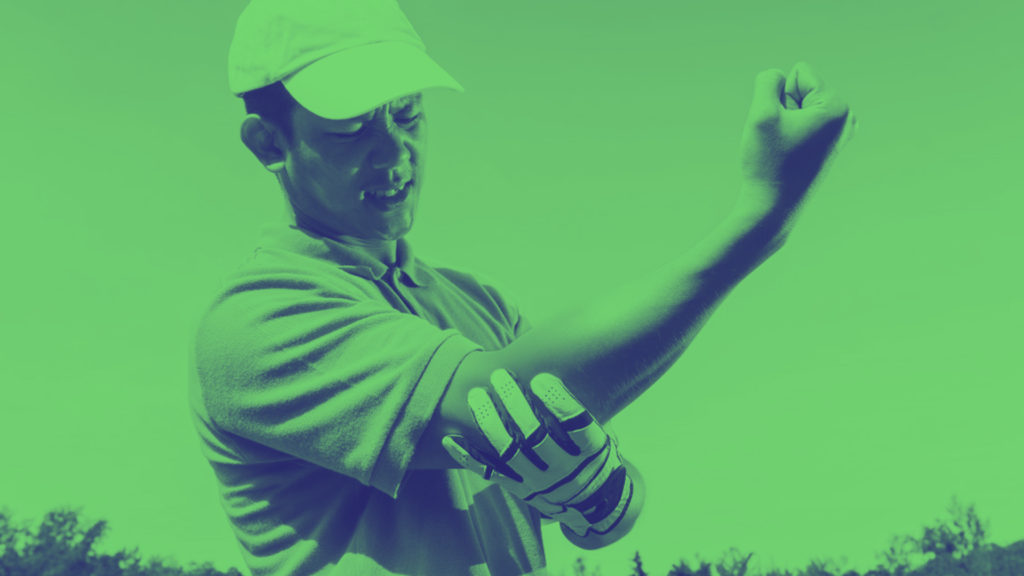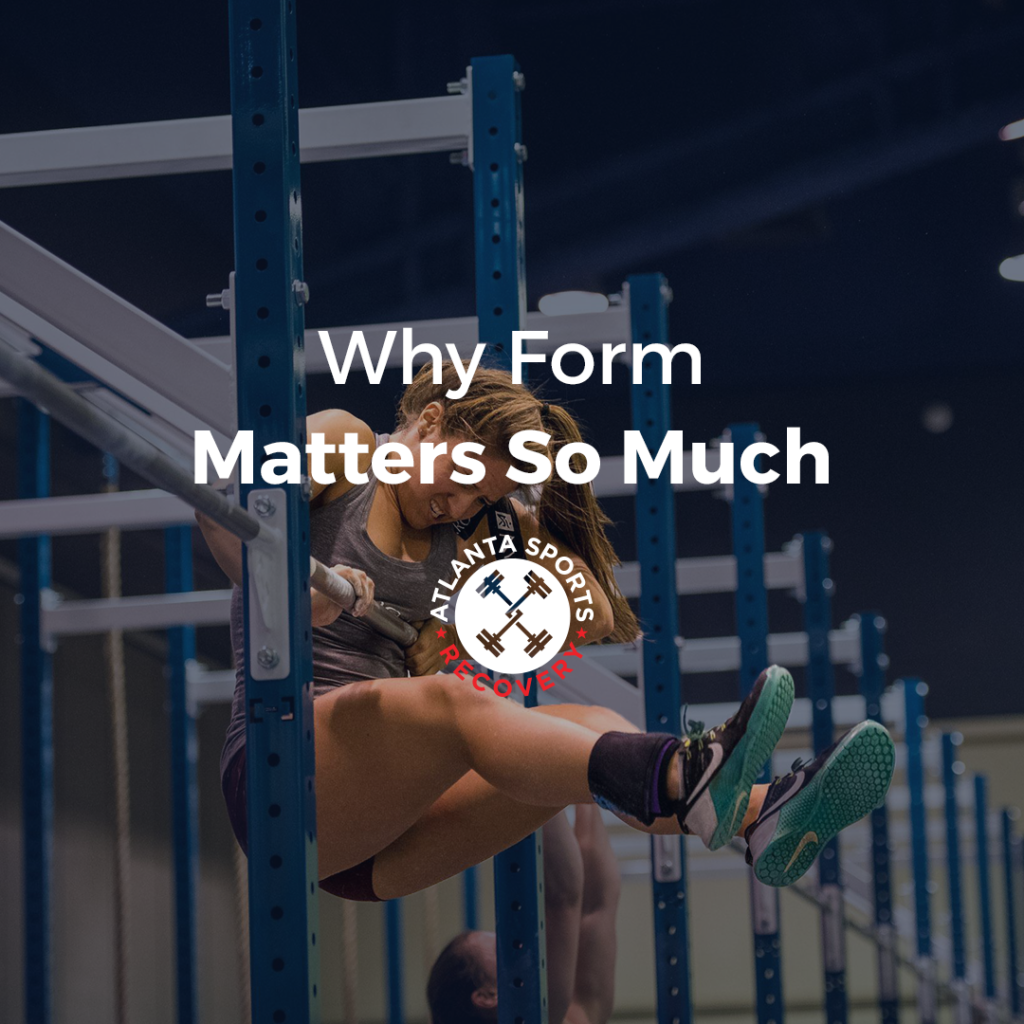First, we called it tendinitis, then tendinosis, and now tendinopathy.
We also called it Tennis Elbow, Golfer’s Elbow, or medial or lateral tendinopathy or tendinitis.
First, you were told to stretch and ice. Then it changed to strengthen with weird gadgets like this.
With conflicting research and messaging from people like us, it can be confusing how to fix your Tennis or Golfer’s elbow.
This blog will take you through the 6 Rules to Successfully fix your Golfer’s or Tennis elbow.
RULE #1 – Don’t rest completely
Rest isn’t always best – especially when it comes to Golfers or Tennis elbow. Depending on if your tendon is under or overloaded, you either need to reduce your exercise to a level 10% below what you have been doing. If you are underloaded, you need to increase your strength work to make it stronger.
If you can’t figure out which issue is your issue see us. We’ll help you get a plan for it.
The moral is this: Rest DOES NOT improve tendons long term
RULE #2 – Progressively load the tendon
Golfer’s and Tennis elbow is due to a failed healing response to loading.
Therefore, to change the tendon’s loading response, we must strengthen it through progressive overload. To progressively (but not excessively) overload a tendon, The majority of the evidence suggests that heavy, slow resistance (HSR) training is the best strategy for tendon rehabilitation (2). The effectiveness of HSR is likely, at least in part, due to the high physical load but minimal shock loading applied to the tendon.
When compared to isometric loading, HSR has demonstrated better client outcomes (2).
As tendon healing progresses, we must continue to load it to cope with greater demands.
Remember: Tendons LOVE load.
RULE #3 – Don’t altogether avoid pain
Pain should not be completely avoided when it comes to tendon rehab. Avoiding pain often results in an underloaded tendon and can delay or prevent complete tendon healing. When you work out or play your sport, the pain needs to be below a 5 out of 10 on the Visual Analog Scale (VAS). Additionally, it is recommended that pain does not increase during or in the 48 hours post-exercise by more than 2 points from pre-exercise pain levels. So if your pain before playing golf was a 5/10 and playing increases it to a 7/10 for 2 days after you are in the clear.
Remember: Some pain is OK during tendon rehab.
RULE #4 – Have a realistic timeframe for healing
Tendon healing takes time and focused effort. Research tells us tendinopathies need a minimum of 12 weeks of consistent loading to show sufficient recovery.
Remember: Golfer’s and Tennis elbow will take a lot longer than you want to heal.
RULE #5 – Do use isometric holds before exercise (If they provide pain relief)
Isometrics used to be the gold standard of tendon rehab (Hell, I even did them 15 years ago when I was diagnosed as a teenager with Achillies tendinopathy).
Before playing your sport or exercising doing five sets of a:45 isometric hold with a 2:00 rest b/t set.
RULE #6 – Don’t compress or stretch the tendon
Healthy tendons are also stiff (and not stretchy) tendons. When we unnecessarily stretch them, we reduce their capacity to transmit forces, which is one of their primary roles. Irritable tendons, therefore, hate compressive forces. This means we should avoid positions that cause the tendon to stretch or become taut.
Ask yourself this:
In what positions does the tendon get stretched and compressed?
For example, the Achilles tendon is stretched when we are in dorsiflexion and often compressed due to high-top shoes digging into the posterior lower calf through direct pressure. This also means massaging, whereby applying direct pressure to an aggravated tendon is a no-go.
Remember: Tendons HATE compression
Wrapping up
If you play a sport or exercise hard, you will get tendinopathies (this is the currently preferred term BTW). Don’t get bummed! It’s not a career ender. Try to apply these principles. If you need help, see us!!! We can get you a plan to increase the healing rate and help you return to the court or course stronger.



